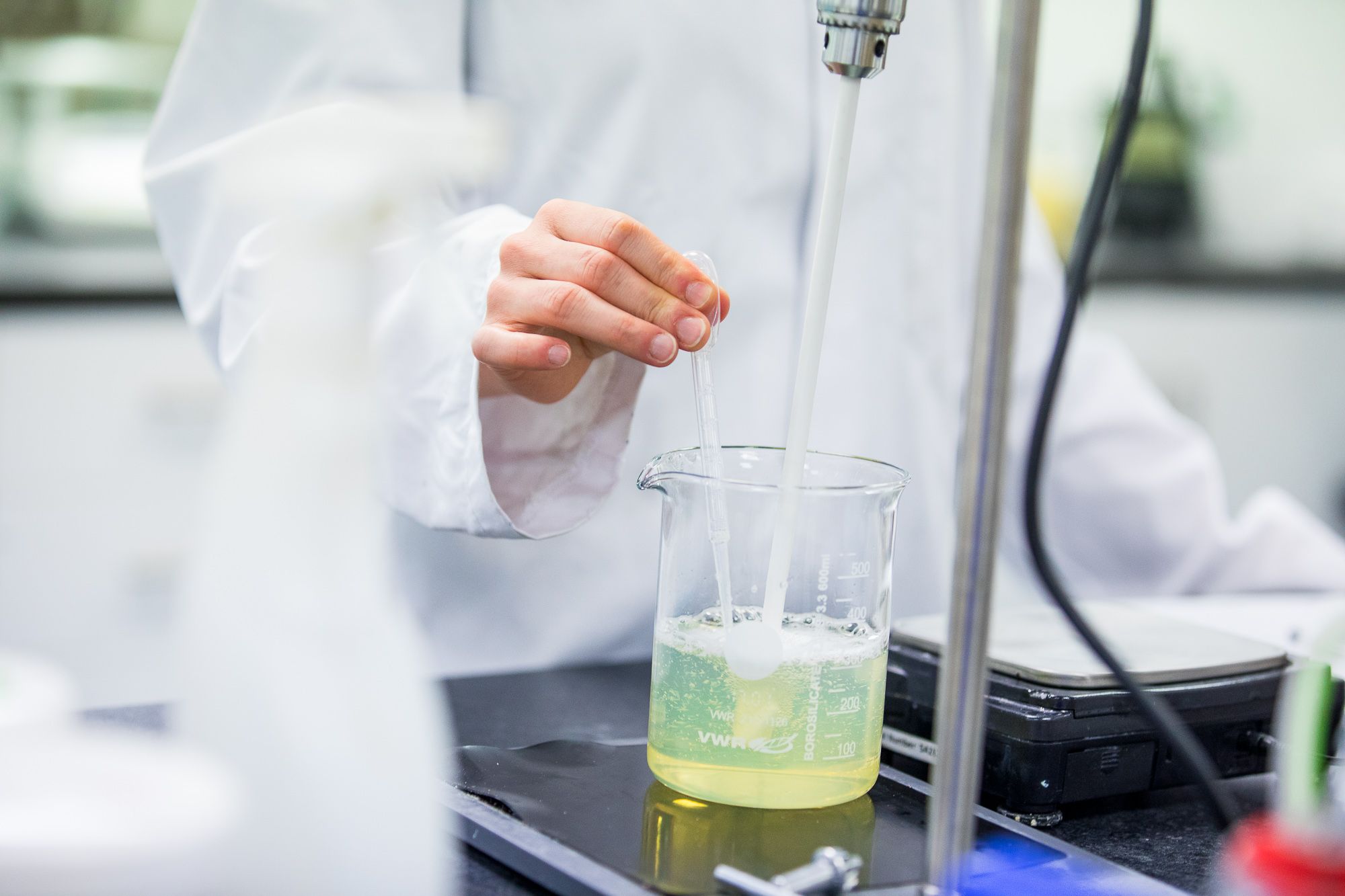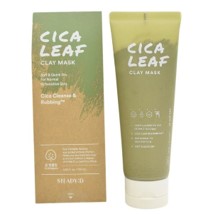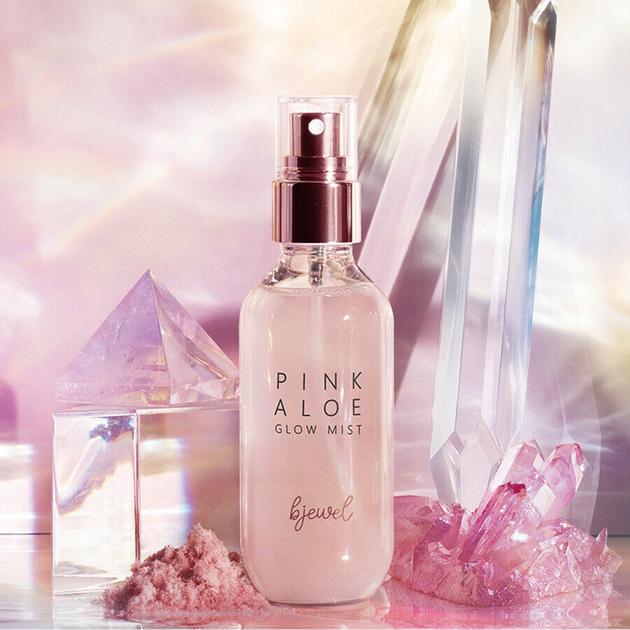
Each quarter our team of expert innovators and scientists pull together to discover what’s new in the health and beauty industry. Looking at present and future trends, each quarter we focus on something new entirely; from consumer behaviour to packaging.
Utilizing the best of the industries research channels and tools, and witnessing upcoming products and emerging trends first hand, our team collaborate to bring our valued customers (you) an informative and educational innovation deck. Here’s a quick summary from our January focus: What to watch out for in 2020 and beyond.
Cica
Cica products are often soothing and claim to relieve irritated skin, strengthen the skin barrier and gently moisturise thanks to the main natural ingredient, the herb Centella Asiatica. Supporting the use of calming ingredient claims, Mintel suggests that 49% of women aged 18-34 believe it’s important that body care and skincare products are soothing.

This Cica Leaf Clay Mask is designed to remove excess sebum and impurities whilst being safe and soothing for those with sensitive skin.
Algae
Algae in skincare offers a fresh take on ‘naturals’. Algae has an environmentally friendly message which has huge potential within skincare, and it’s growth is set to continue throughout 2021. One of our favourite brands that we’ve seen on the market tapping in to this trend is Alegnist. The brand has based it’s entire series of products around its patented alguronic acid – what a niche idea and one that our Design Plus lab team are very keen to explore.
Adaptogens
Tap in to the self-care and wellness movement with adaptogens such as Maca, Moringa, Holy basil, Rhodiola and Mushrooms. Adaptogens are defined as natural ingredients that claim to help the body adapt to physical and mental stress. Brands such as Herbivore and Youth to the People are big on adaptogens and claim to defend the skin against environmental stress and age prevention.

(Taken from Mintel)
Prebiotics & Probiotics
Pre & probiotics also link wellness with beauty, but what is the difference between the two? Good question! A probiotic, is a living microbe (good bacteria already living on the skin) whereas prebiotics are healthy food for the ‘good bacteria’. Hopefully this diagram below will provide a clearer visual representation…

Skincare brands can benefit from this trend by enriching their products with prebiotics, to help feed the skin’s natural probiotics and create a healthy balance. We predict that pre & probiotics will continue to grow this year, as already 25% of women agree that it’s something they look for in skincare and beauty products.
Postbiotics
So we’ve covered pre & probiotics but what are postbiotics? Peptides, organic acids, antioxidants and lactic acid are all produced by probiotics during the fermentation process, caused by the natural bacteria feeding on the sugar and starch. According to Mintel ferments are emerging as the next generation of natural ingredients which consumers already recognise.

(taken from Mintel)
Water Saving skincare
It’s predicted that by 2025, 1.8 billion people will experience absolute water scarcity, a 2/3 of the world will be living under water stressed conditions. This is driving brands to explore and search for new plant, botanicals and fruit waters which can be positioned as both water-saving and beneficial for the skin. We love the Bjewel Pink Aloe Glow Mist which uses 76% pink aloe instead of purified water.

Textures
Jelly textures are bringing sensorial elements to consumers. Brands can convey jelly textured innovations as lighter to use and more quickly absorbed in to the skin. So’ Natural Shooting Sugar Scrub engages with consumers by enriching their products with carbonated powder, meaning it produces a popping sound when applied to wet skin.

Packaging
Explore refillable and reusable concepts like Olay. The brand experimented with their best-selling Regenerist Whip Moisturiser merchandising it alongside a refill pod. If adopted permanently it's expected to cut more than 1m lb's of plastic.
If you'd like to be added to our mailing list for our quarterly innovation, please get in touch via the contact form on the website. Alternatively, follow us on LinkedIn and keep up to date with our trends and blog posts online.


